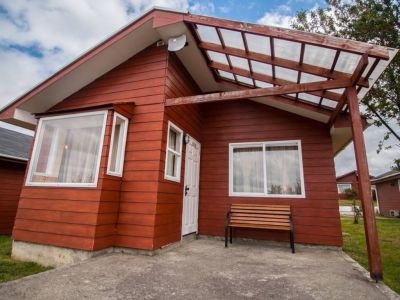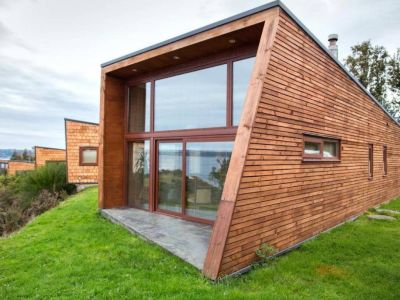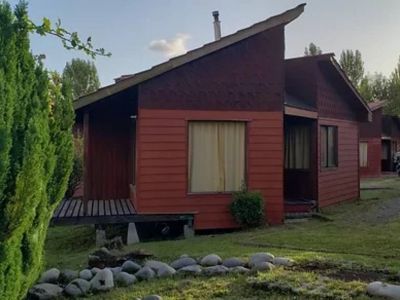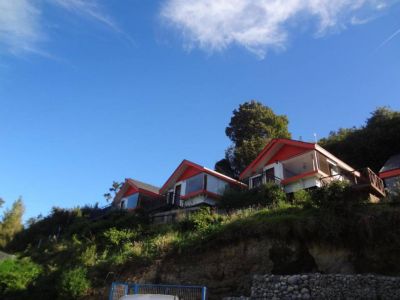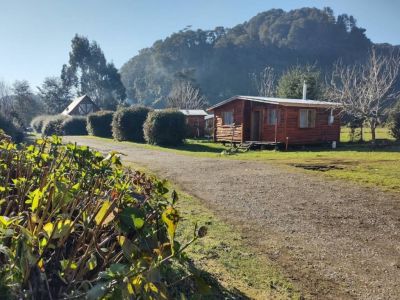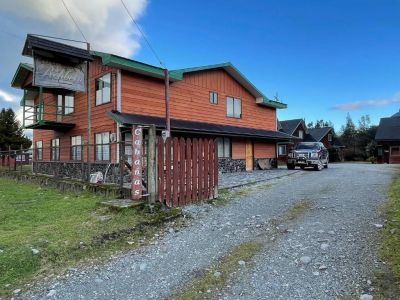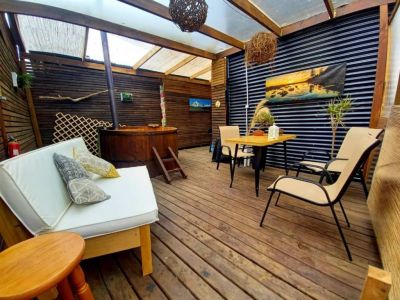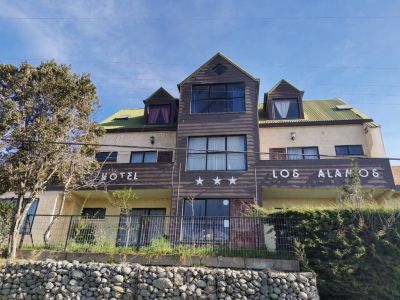Puerto Montt Activities and Tours
Filter by tags: AllContemplative tourismReligious tourismAdventureAviationGastronomy

Show Me Your Pier
Puerto Montt is a city with a charm of its own. Visitors may walk along its waterfront or admire its streets, mounts, churches and museums. And they will always end up at aromatic Angelmó.

Crossing onto Tenglo Island
Tenglo Island has always been right opposite the port and it used to be very popular among visitors. Today, it is ideal to go hiking or sunbathe there before returning to the city.

In the City Outskirts
The alternatives for tours in the city outskirts are plentiful and quite varied. Those leaving from Angelmó and the ones touring the Southern Road stand out.

Crossing from Puerto Montt to Chiloé
It is possible to sail the Chacao Channel from Puerto Montt to Chiloé Island. An amazing crossing to get connected with the history and nature of Chiloé.

Churches of Chiloé
The traditional churches of Chiloé are characterized by the best use of environment resources, particularly the local wood, the interrelation with the landscape and for the making true of...

Adventure Tour across Patagonia
An expedition to the best southern landscapes at both sides of the mountain range.

Lamb Festival at Río Chico
Rural communities celebrate popular festivals in which they show their traditions year after year. One of them is the Lamb Festival, held in Río Chico.

The Salmon Route
Speaking of Chile means speaking about its salmons. And today, the salmon industry has begun to be successfully considered by various tourist undertakings... NOT WORKING AT THE MOMENT.

Flying among Volcanoes
The geography of the Chilean X region turns out to be paradisiacal as far as flying is concerned. Forests and lakes, estuaries and islands, and mainly the volcanoes are some of the attractions that may be observed during the flight.

Alerce Andino National Park
Leaving Puerto Montt and taking the southern road, the Alerce Andino National Park is reached. The last 20 thousand hectares of an ancient forest rest there with a lot to teach us.

Against the Tide and the Winds
Insular Patagonia emerges like a fantastic unexplored land. On a ferryboat, we sailed along the southern channels and fjords and passed off the mute witnesses to the last glaciation.

Over the Pacific
We had already flown over the Chilean volcanoes with Santiago Vidal and an unconditional friendship had begun in the heights. We are both fascinated with flying. This time, the idea was to fly over the sea.

Seafood Eating at Angelmó
After touring around the ocean drive and the handicrafts’ market, an attractive promenade leads to the seafood and fish market, offering the chance to have lunch at some of the restaurants in that very spot.

Lahuen Ñadi Natural Monument
The Lahuen Ñadi Natural Monument has the mission of protecting the last alerce forest in the central valley of Chile. In the heart of this forest, time seems to stand still.


